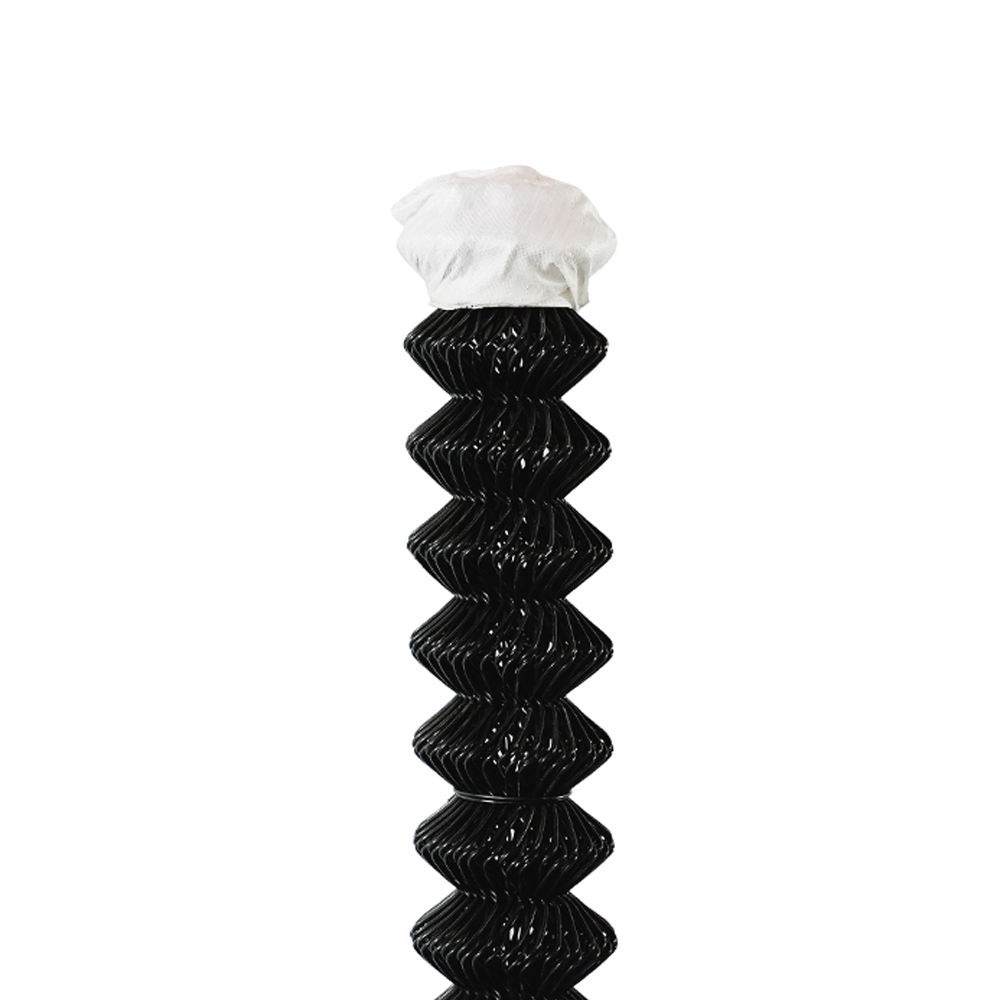The Essential Guide to Kitchen Draining Boards
In every bustling kitchen, the kitchen draining board plays a pivotal role. Often overlooked, this functional surface not only aids in efficient cleaning but also enhances the overall organization of your cooking space. This article delves into the importance of kitchen draining boards, their types, materials, maintenance, and some thoughtful design tips to optimize their use.
Kitchen draining boards serve primarily as a designated space for drying dishes, utensils, and cookware post-wash. Their thoughtful design helps prevent water accumulation on countertops, reducing the risk of mold and mildew buildup. With the constant influx of dishes, having an adequate draining area can significantly streamline the post-meal clean-up process, allowing you to focus more on enjoying family time and less on chores.
When it comes to choosing a draining board, several types and materials are available. The most common types include integrated draining boards, standalone draining boards, and over-the-sink draining boards. Integrated draining boards are built into the sink, offering a seamless and space-saving solution. Standalone options provide a flexible drying area that can be moved as needed, while over-the-sink varieties maximize the use of vertical space and minimize clutter.
kitchen draining board

Materials also vary, ranging from stainless steel and plastic to bamboo and ceramic. Stainless steel is a popular choice due to its durability, easy cleaning, and resistance to stains. Plastic models often come in vibrant colors and lightweight designs, making them easy to handle. Bamboo offers an eco-friendly option with its natural aesthetics, but may require more care to prevent damage from water. Ceramic draining boards, while beautiful, can be more fragile and require gentle handling.
Proper maintenance is vital to ensure that your kitchen draining board remains functional and hygienic. Regular cleaning with mild detergents and hot water is essential to remove food particles and prevent bacteria buildup. For stainless steel boards, a gentle scrub pad can help maintain their shine, while extending the lifespan of bamboo options requires periodic oiling to ward off moisture.
To optimize the use of your draining board, consider placement and design. Position it near your sink for easy access, ensuring that it doesn’t obstruct workspace while preparing meals. If space allows, consider adding a dish rack or a drainage mat to catch excess water effectively. Choosing a draining board that complements your kitchen’s aesthetics can also enhance the overall decor, turning an often-ignored feature into a stylish element of your kitchen design.
In conclusion, the kitchen draining board is a fundamental yet often underappreciated aspect of kitchen functionality. By selecting the right type and material, maintaining it properly, and leveraging design tips, you can transform your kitchen experience. Whether you are a culinary novice or a seasoned chef, a well-organized draining board will elevate your kitchen workflow and contribute to a cleaner, more efficient cooking environment. Embrace the small yet mighty draining board as an ally in your culinary adventures!
-
Why Galvanized Trench Cover Steel Grating Resists Corrosion
NewsJul.10,2025
-
The Versatility and Strength of Stainless Expanded Metal Mesh
NewsJul.10,2025
-
Load Calculations in Steel Grating Platforms
NewsJul.10,2025
-
Keeping Pets and Kids Safe with Chicken Wire Deck Railing
NewsJul.10,2025
-
Hole Diameter and Pitch for Round Perforated Metal Sheets
NewsJul.10,2025
-
Aluminium Diamond Mesh in Modern Architecture
NewsJul.10,2025
Subscribe now!
Stay up to date with the latest on Fry Steeland industry news.

